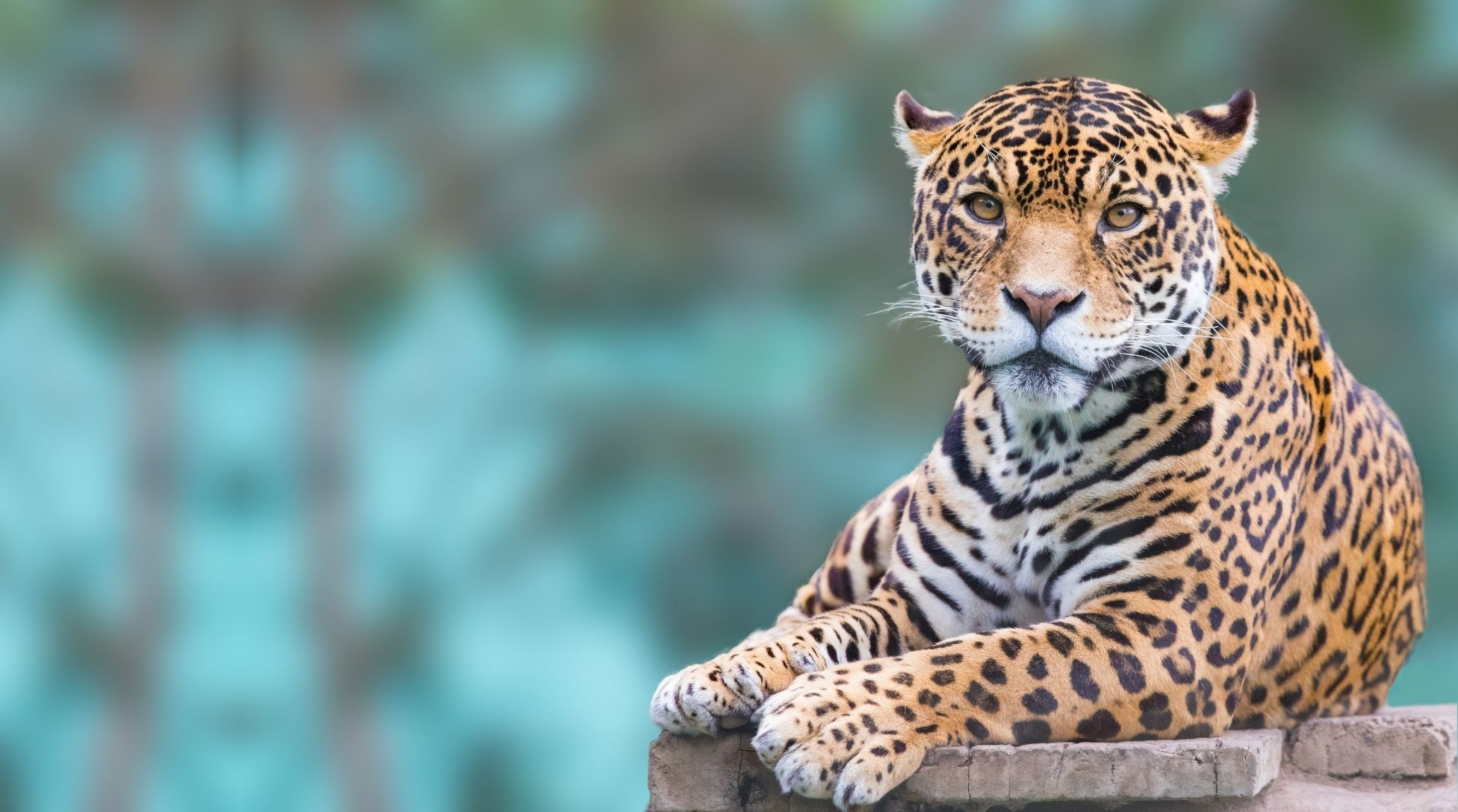
“
In this blog, we’ll uncover 20 captivating facts about leopards, from their impressive jumping skills and unique camouflage to their solitary nature and dietary flexibility. Join us as we delve into these captivating facts about leopards and discover what makes these elusive predators so extraordinary.1
1
”
Leopards are often called "ghost cats" due to their remarkable camouflage. Their spotted coats blend seamlessly into various environments, making them nearly invisible and enhancing their ability to stalk prey undetected in their natural habitat.1
Leopards are solitary animals, preferring to live and hunt alone. They mark and defend large territories to ensure access to resources and avoid competition. Their solitary nature helps them remain stealthy and effective predators.2
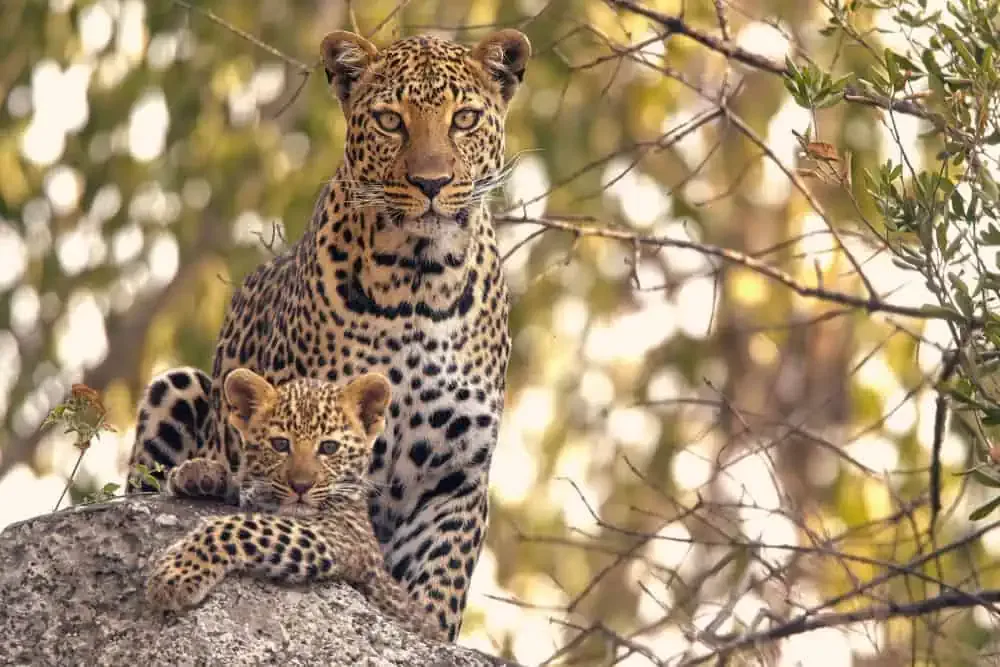
Leopards enjoy spending time in trees for several reasons. They use trees to hide their prey from other predators, find a safe vantage point to observe their surroundings, and escape from threats.
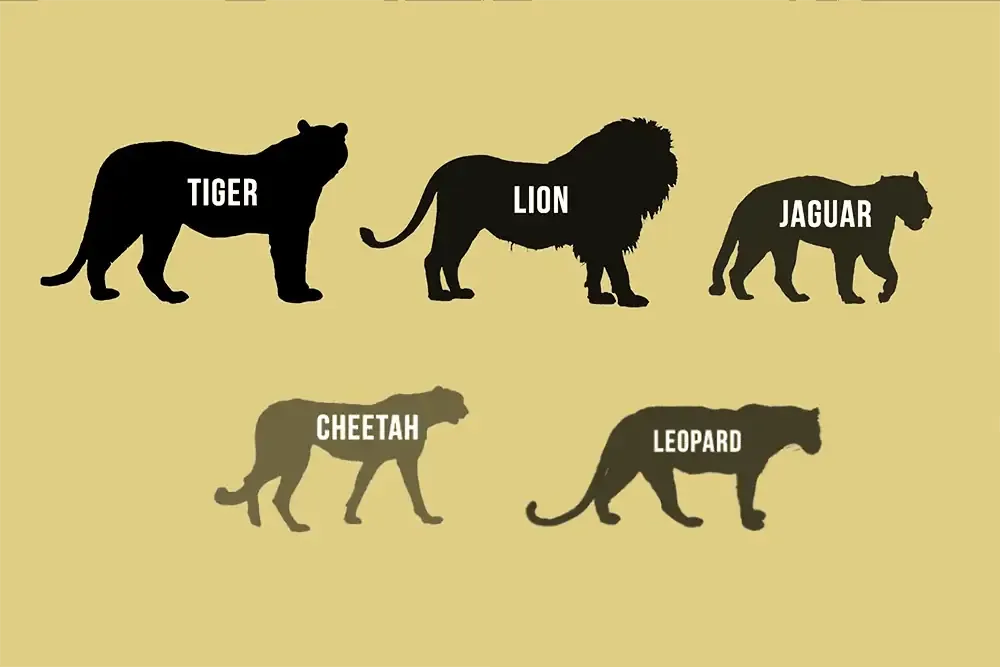
Leopards are considered the smallest of the big cats, with a body size smaller than lions, tigers, and jaguars. Despite their smaller stature, they are powerful predators, showcasing remarkable strength and agility relative to their size.
Most leopards are nocturnal, preferring to hunt under the cover of darkness. Their nocturnal nature helps them avoid detection by prey and other predators, allowing for more successful hunting during the quiet and cool nighttime hours.3
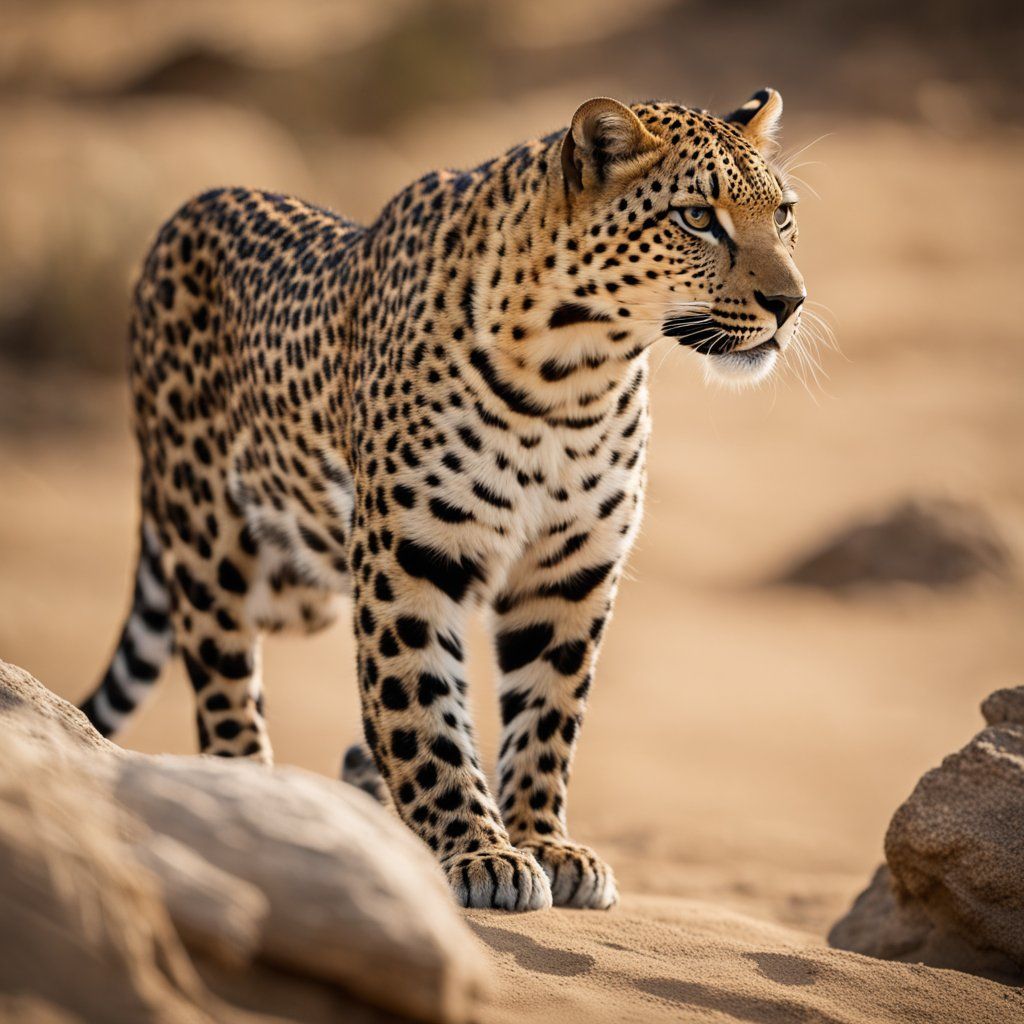
The Arabian leopard (Panthera pardus nimr) is the world's smallest subspecies, critically endangered, with males weighing around 30 kg (66 lb) and females about 20 kg (44 lb).
Leopards are incredibly agile, capable of jumping up to 6 meters (20 feet) horizontally and 3 meters (10 feet) vertically. This impressive leaping ability aids in catching prey and navigating their diverse and often challenging habitats. 4
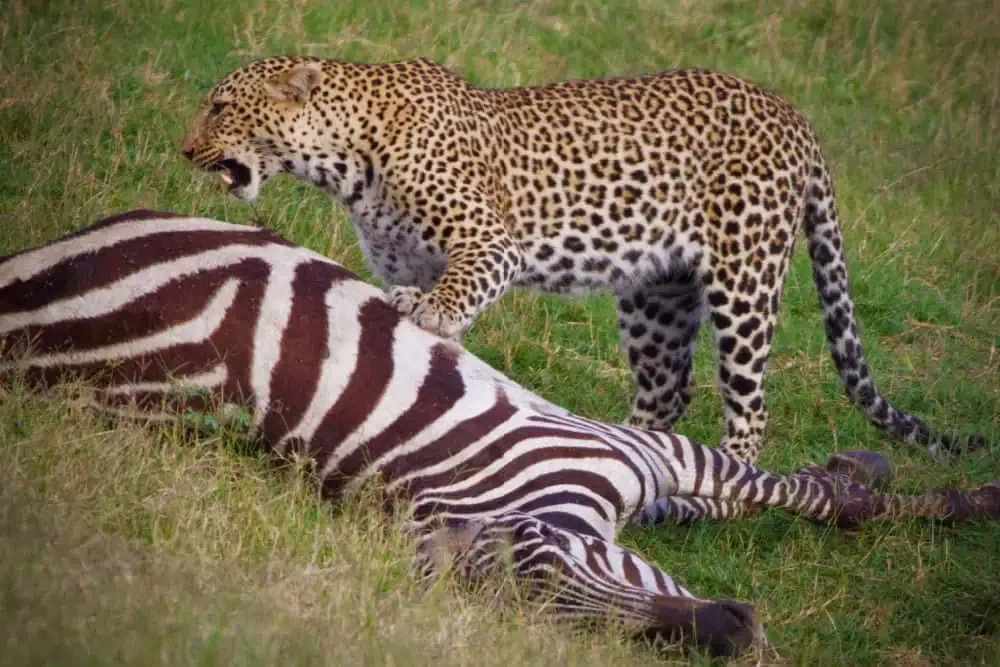
As opportunistic feeders, leopards have a varied diet, consuming almost anything they can catch. From small rodents to large antelopes, their dietary flexibility allows them to adapt to different environments and food availability.
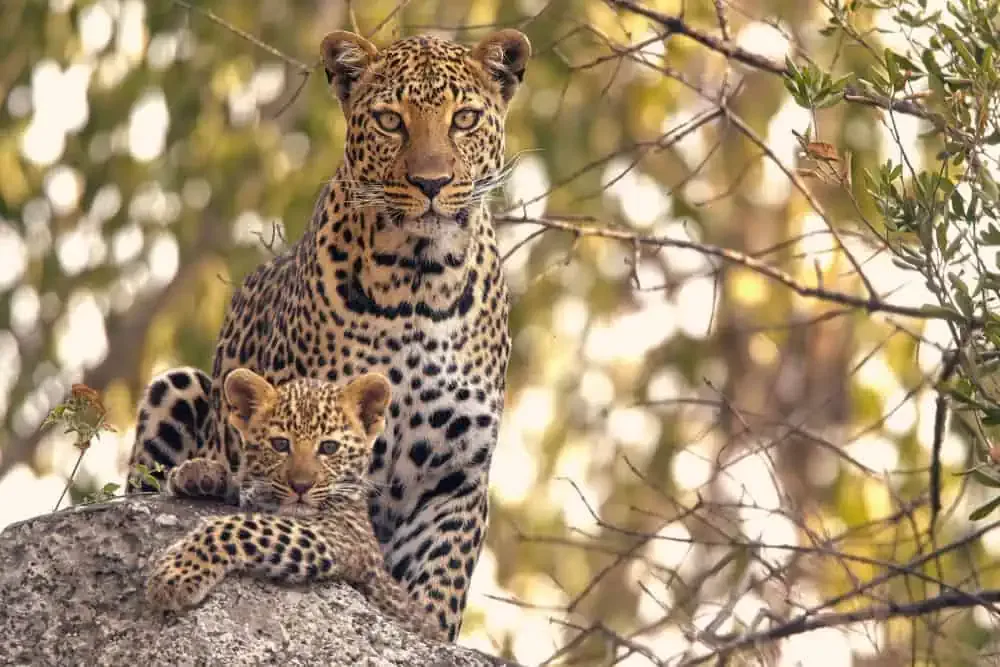
Leopards have a relatively short gestation period, lasting around 90 to 95 days. This brief pregnancy ensures that the cubs are born quickly and are able to start developing the skills they need to survive in their challenging environment.
Each leopard has a unique rosette pattern on its coat, akin to human fingerprints. This individuality helps researchers and conservationists identify and track leopards in the wild, contributing to studies and efforts to protect these elusive big cats. 5
Despite their reputation as land predators, leopards are excellent swimmers. They can often be seen crossing rivers and swimming in lakes, showcasing their versatility and adaptability to various environmental challenges they may encounter.6
Leopards are more vocal than other big cats, using a range of sounds, including purrs, growls, hisses, and roars. This vocal variety facilitates communication with other leopards and helps establish territory and social interactions.7
Due to habitat loss and poaching, many leopard populations are now endangered. Conservation efforts are crucial to protecting these magnificent creatures, ensuring their survival and preserving their role in the ecosystems they inhabit.8
In the wild, leopards can live up to 20 years, while those in captivity often live longer. Their lifespan in captivity is extended due to the absence of natural threats and access to regular food and veterinary care. 9
Leopards have a high success rate when hunting, with approximately 50% of their attacks resulting in a successful kill. This efficiency in hunting contributes to their ability to thrive in various habitats and maintain their role as apex predators.10
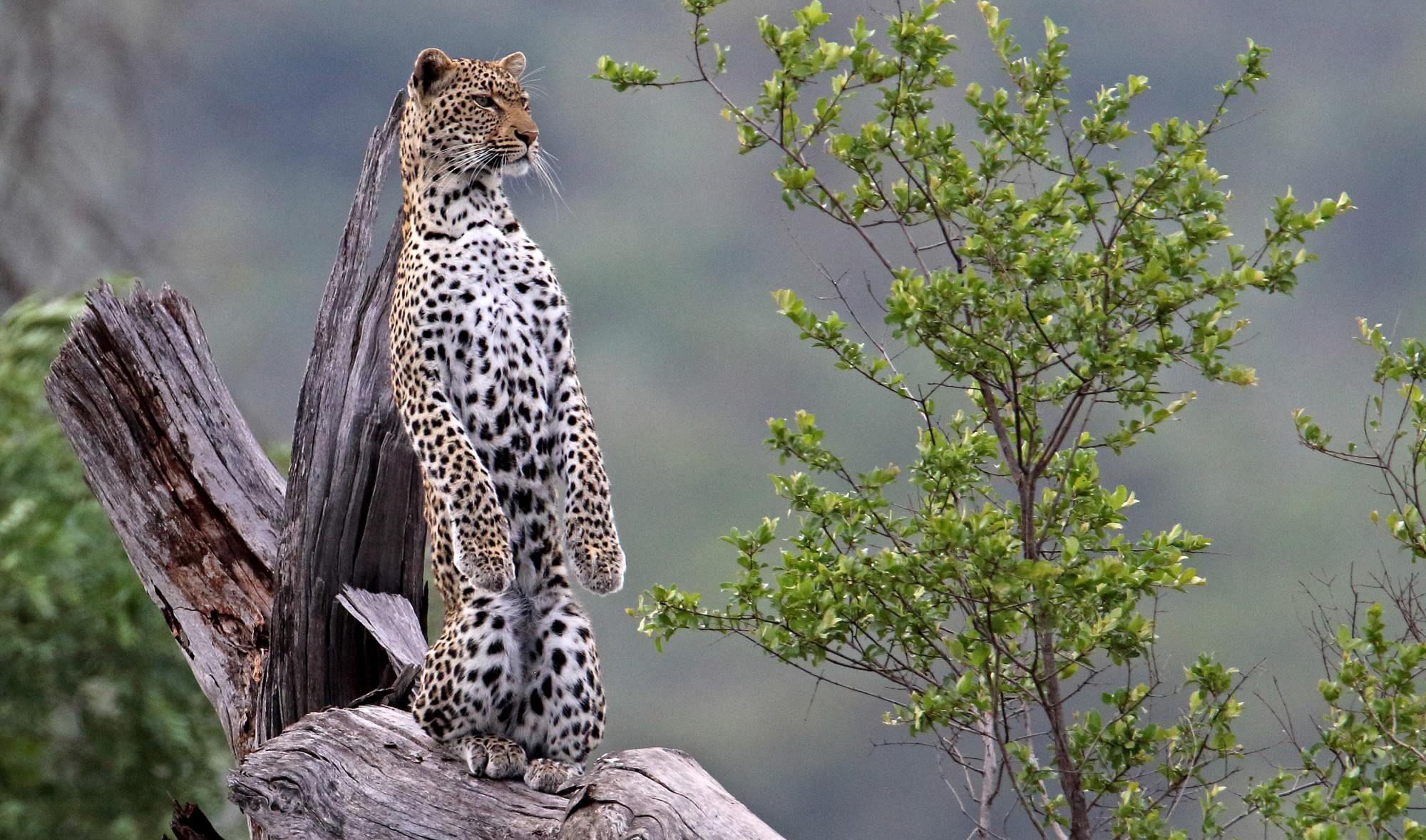
Leopards can leap from a standing position to a height of over 3 meters (10 feet). This impressive jumping ability allows them to catch prey in trees or escape from potential threats, showcasing their remarkable physical prowess.
Leopards are incredibly fast felines, capable of reaching speeds of up to 58 km/h (36 mph). This impressive speed allows them to swiftly chase down prey and escape from potential threats, making them agile and efficient hunters.11
The largest leopard subspecies are the Persian leopard (Panthera pardus saxicolor) and the Sri Lankan leopard (P. p. kotiya), with males weighing up to 91 kg. These subspecies thrive in regions without lions or tigers. 12
Female leopards can give birth at any time of the year, typically to two or three cubs. They care for their young for about two years, during which time the cubs learn to hunt and become independent.13
Leopards are found across multiple continents, including Africa, parts of Asia, and the Indian subcontinent. Their adaptable nature allows them to thrive in diverse habitats, from savannas to forests and mountains.14


